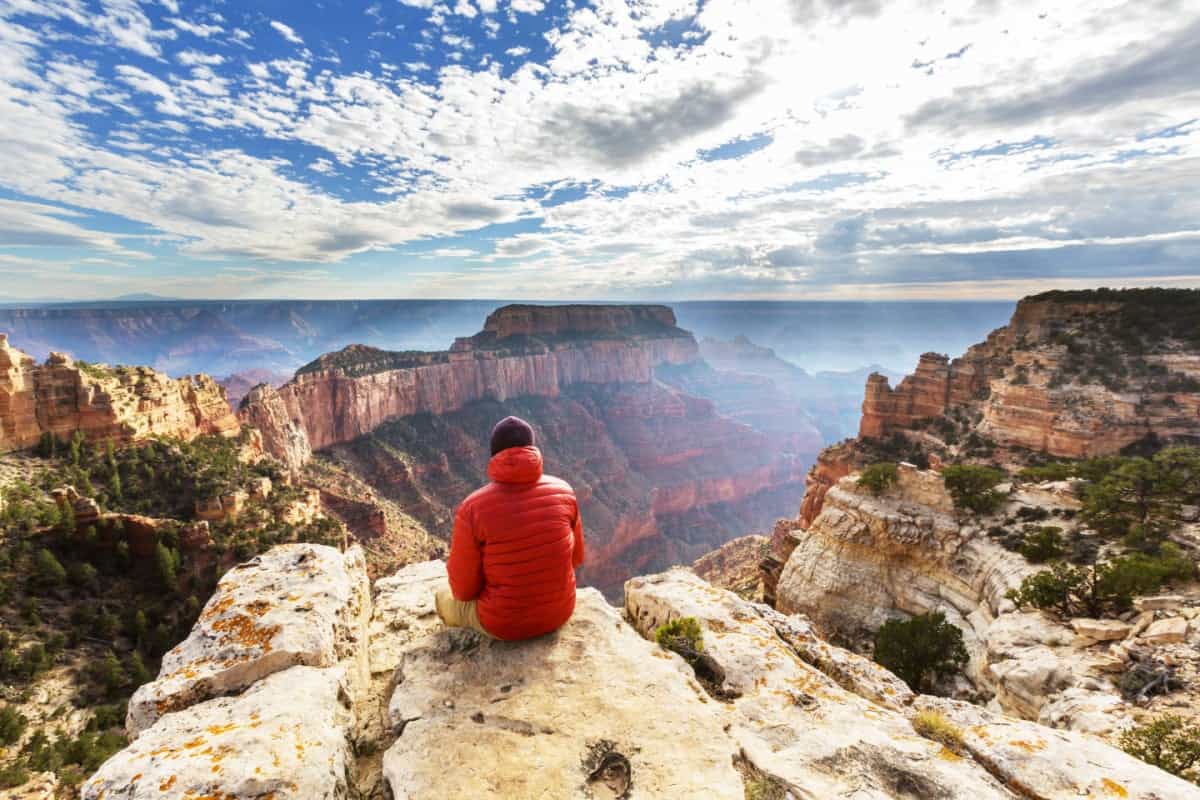The U.S. has rejoined UNESCO this month. UNESCO is the United Nations Educational, Scientific and Cultural Organization.
As well as promoting education, science, and culture, UNESCO is most famous for designating ‘world heritage’ sites worldwide.
A world heritage site is a cultural or natural attraction that is considered to be of ‘Outstanding Universal Value’. Many travelers look for UNESCO World Heritage sites when they are visiting new destinations.
There are a total of 1,092 UNESCO World Heritage Sites around the world. Of those sites, 24 are in the USA, which means you can visit a site of value and significance without even opening your passport.
These are the 5 most popular UNESCO world heritage sites in the U.S. to visit right now:
The Great Smokey Mountains
Not only are the Great Smokey Mountains the most visited world heritage site in America, they are also the third most-visited UNESCO site in the world.
Approximately 11 million visitors explore this national park each year. That means that more people explore the Smokies each year than the Great Wall of China!

The mountain range is located along the Tennessee-North Carolina border. It is a part of the Appalachian Mountains. They are the perfect place to explore nature, and visitors travel here to enjoy climbing the peaks, hiking to the many waterfalls, canoeing, and even ziplining.
The Great Smoky Mountains National Park was established in 1934 and was designated a UNESCO world heritage site in 1983. This makes it one of the oldest UNESCO world heritage sites.
The Grand Canyon
The Grand Canyon is considered to be the most spectacular gorge in the world, and it receives 6.2 million visitors each year.

The views from the Grand Canyon are exceptional, which is why it is a bucket list attraction for so many people. Five of North America’s seven life zones can be seen within the Grand Canyon. This is part of what makes the site so unique.
The Grand Canyon was designated a World Heritage Site by UNESCO in 1979.
Independence Hall
Independence Hall is the birthplace of America. The Declaration of Independence and the U.S. Constitution were signed here, making it an incredibly culturally important building to the American people.

For this reason, 4.79 million people head to Philadelphia to visit Independence Hall every year.
As a result, the building can become very crowded during the peak summer season. That’s why spring or fall are typically the best time to visit Independence Hall and Philadelphia as a whole.
Independence Hall is a great place for history enthusiasts to visit and explore. The tour inside lasts just 20 minutes, making it short but powerful.
Like the Grand Canyon, Independence Hall was named a World Heritage Site in 1979.
Yosemite National Park
California’s Yosemite National Park attracts a whopping 4.3 million visitors every year. Yosemite is considered to be an icon of America’s majestic natural beauty and is popular with outdoor adventurers.

Yosemite National Park is well-known for its granite cliffs and waterfalls. Nearly 95 percent of the 747,956 acres of the park is classified as wilderness, and the valley boasts a 7-mile-wide canyon.
Yosemite Falls is the largest waterfall in North America. Yosemite National Park was designated a UNESCO world heritage site in 1984 for its exceptional natural beauty.
Yellowstone
Yellowstone national park is nearly 3,500 square miles in size and sits on top of a volcanic hot spot. It attracts 4.1 million visitors every year.

One of the main attractions in Yellowstone is Old Faithful. This is a gushing geyser that erupts between every 44 minutes and 2 hours. But this isn’t all that Yellowstone has to offer. It also features dramatic canyons, alpine rivers, lush forests, and an array of other hot springs and gushing geysers.
Around half of the world’s geysers are found in Yellowstone, and that’s why Yellowstone became a UNESCO World Heritage Site in 1978.

